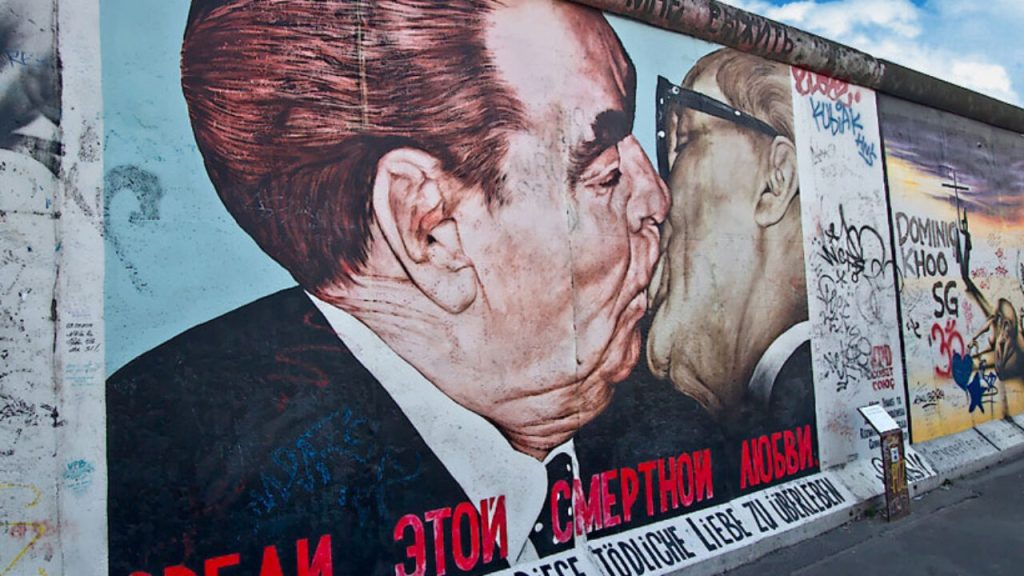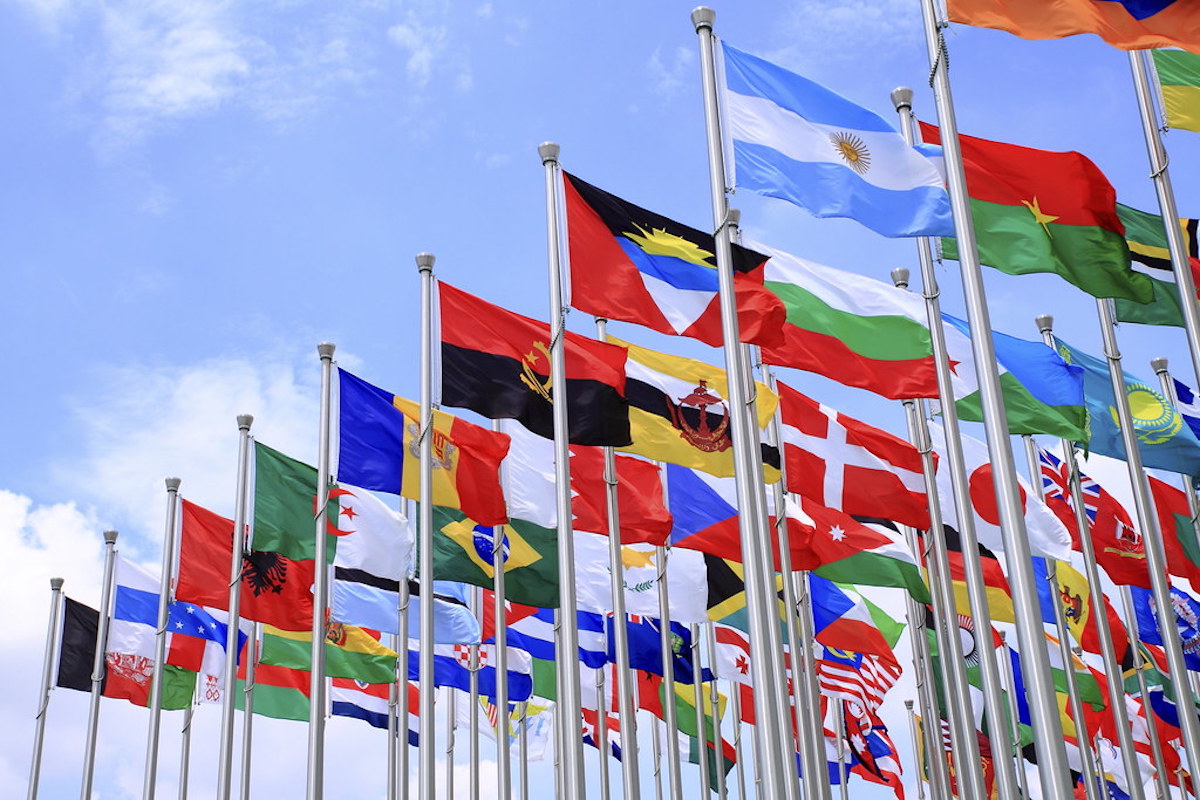Diplomacy, a subtle yet impactful art, shapes modern international relations. In an era where collaboration and conflict resolution are paramount, mastering the nuances of diplomatic strategies becomes imperative. This article delves into remarkable case studies that exemplify the art of diplomacy, showcasing how adept negotiation, diplomatic communication, and strategic thinking can yield successful outcomes on the global stage.
The Iran Nuclear Deal: Bridging Divides Through Diplomacy
In 2015, the Iran Nuclear Deal, officially known as the Joint Comprehensive Plan of Action (JCPOA), emerged as a prime example of diplomatic prowess. The agreement aimed to curb Iran’s nuclear ambitions in exchange for sanctions relief. This historic accord demonstrated the power of dialogue in resolving complex geopolitical issues by bringing together Iran and the P5+1 nations (United States, United Kingdom, France, Germany, Russia, and China).
Navigating the Korean Peninsula Crisis
The tension-laden situation on the Korean Peninsula demanded a delicate diplomatic approach. High-stakes negotiations between North and South Korea and the involvement of the United States and China showcased the art of diplomacy in action. Through carefully orchestrated talks, both Koreas took steps toward reducing military hostilities and fostering mutual understanding.
The Paris Agreement: Uniting Against Climate Change
Climate change, a global challenge transcending borders, requires unprecedented collaboration. The Paris Agreement of 2015 brought nations together to combat this crisis. Skillful diplomacy facilitated consensus among diverse countries with varying priorities and concerns. The result was a landmark accord that highlighted the potential of diplomatic channels in addressing existential threats.

Mediating the Israel-Palestine Conflict
The Israel-Palestine conflict, marred by decades of strife, presented an intricate challenge to the diplomatic community. Mediation efforts, often spearheaded by international bodies and envoys, demonstrated the art of negotiation under intense circumstances. Though a comprehensive resolution remains elusive, diplomatic initiatives have sometimes eased tensions and paved the way for humanitarian aid.
Transition Words for Fluid Expression
To articulate ideas seamlessly, transition words prove invaluable. Phrases like “moreover,” “on the contrary,” and “in essence” enhance the coherence of diplomatic discourse. Diplomats convey complex concepts effortlessly through their incorporation, fostering constructive dialogues that bridge gaps and promote understanding.
Conclusion
International relations is a complex web of interests, ideologies, and aspirations. The case studies discussed in this article underscore the significance of diplomacy as an effective tool for resolving conflicts, fostering cooperation, and addressing shared challenges. By analyzing these instances of diplomatic triumph, we gain insights into the artistry behind international negotiations. As global issues persist, diplomacy remains a beacon of hope, guiding nations toward a more harmonious future.
In a world where communication shapes destinies, mastering the art of diplomacy remains paramount. Through case studies and real-world examples, we find inspiration to navigate the intricate landscape of international relations with finesse and strategic insight. Diplomacy is not just a means to an end; it’s a testament to the power of dialogue, understanding, and collaboration on the world stage.


